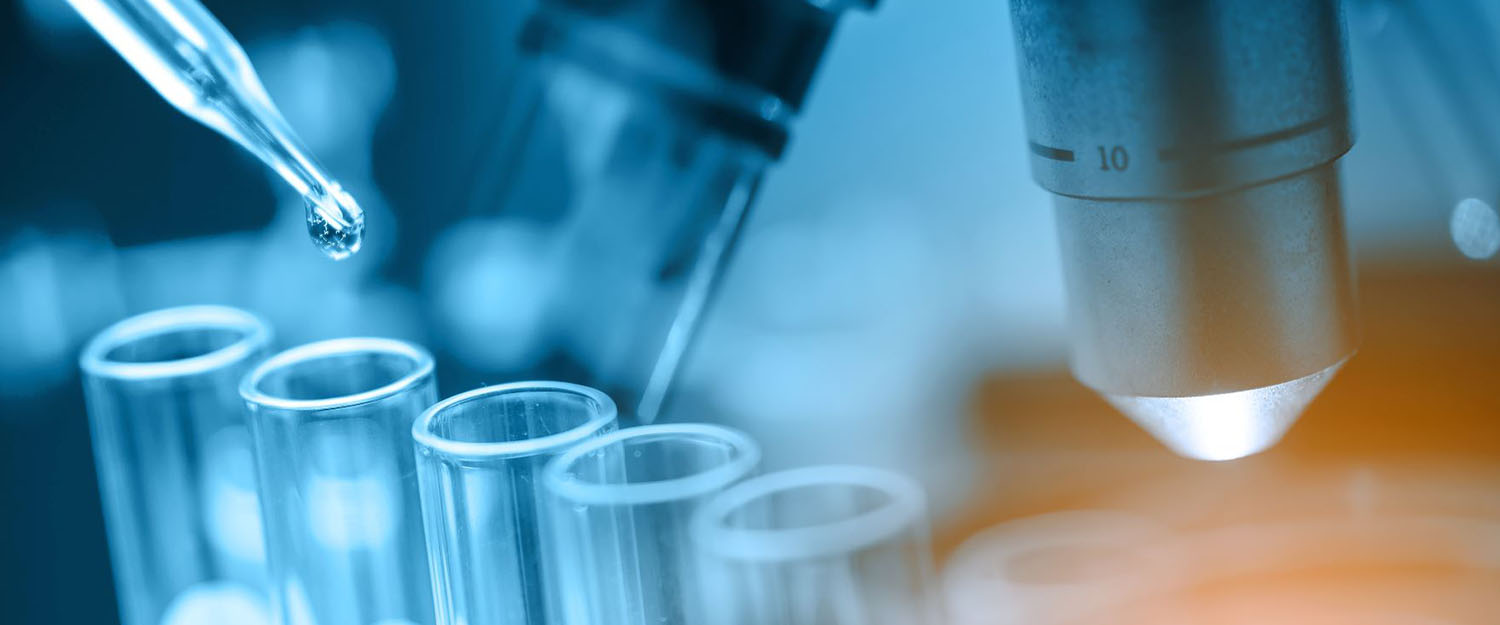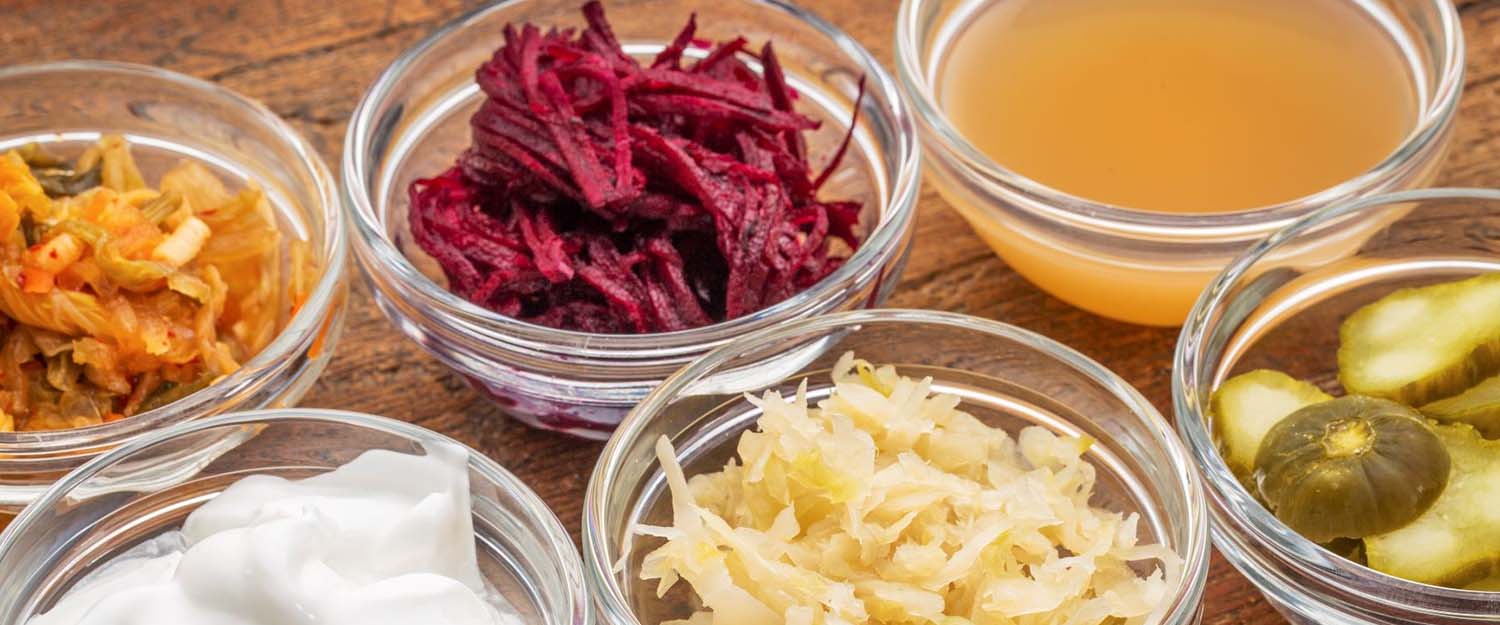

A common question from our customers is how to ensure the stability of their probiotic product. There are several factors affecting probiotic stability in an application. Camilla Bränning, PhD, Application Manager at Probi will share some useful insight that will support you when developing your next probiotic product. Learn about how the product formulation, the environment and packaging impact the stability of your product.
What you need to know about probiotic product stability.
Video transcription:
When choosing probiotics to be used in an application, you need to consider how sensitive they are during the manufacturing processes and the application. Lactobacillus strains can survive both in the presence and absence of oxygen and are therefore much easier to use in different applications, compared to Bifidobacterium strains, which are sensitive to oxygen.
Proper product formulation allows you to design a product that optimizes the conditions for good probiotic stability in the application. Low water activity is essential to maintain a long shelf-life for freeze-dried probiotic products at ambient temperature. When choosing ingredients such as excipients, vitamins, minerals, flavors etc., it is vital that the chosen ingredients have a low water activity. Low water activity is identified as around 0.2 or preferably even lower. Since the excipients make up a significant proportion of the formulation, it is crucial that these have a low water activity, and at the same time have the ability to keep the water activity low throughout the shelf life.
Besides water activity, it is also very important to identify any ingredients in the formulation that may interfere with the probiotics. For example, polyphenols may have antimicrobial effects, which can affect probiotic viability. Some vitamins and minerals can also be reactive and negatively impact the stability of the probiotics.
Other important factors which affect probiotic stability are heat, humidity and packaging. Therefore, it is very important to use a controlled manufacturing and processing atmosphere, where the temperature is below 25 degrees Celsius, and the relative humidity is below 30%. Storage and transportation conditions are also important. The most ideal way to store and transport probiotic supplement products is to keep them refrigerated. Lactobacillus strains are generally more robust and can survive higher temperatures; however, it is still important to do your best to maintain temperatures below 25 degrees Celsius.
The packaging needs to protect the probiotic formulation from light and moisture to maintain a desired probiotic survival throughout the shelf life. The capsules or tablets can be packaged in aluminum or plastic tubes. The difference is of course the protective layers found in the different materials, where aluminum provides the highest protection. Many packages contain desiccants, either in the lid, in the bottle itself or with a desiccant inside the bottle. The desiccant helps to ensure that the product stays dry throughout the shelf-life of the product.
Do you have more questions for our probiotic expert? Get in touch with us at expert@probi.com

Why CFU are important? Is a higher CFU value more effective? Let us explain how this matters for your product.

Here are the things to consider when evaluating the science and the clinical documentation of a probiotic strain.

Are all fermented foods probiotics? Find out more and make sure you know where to find your probiotics.